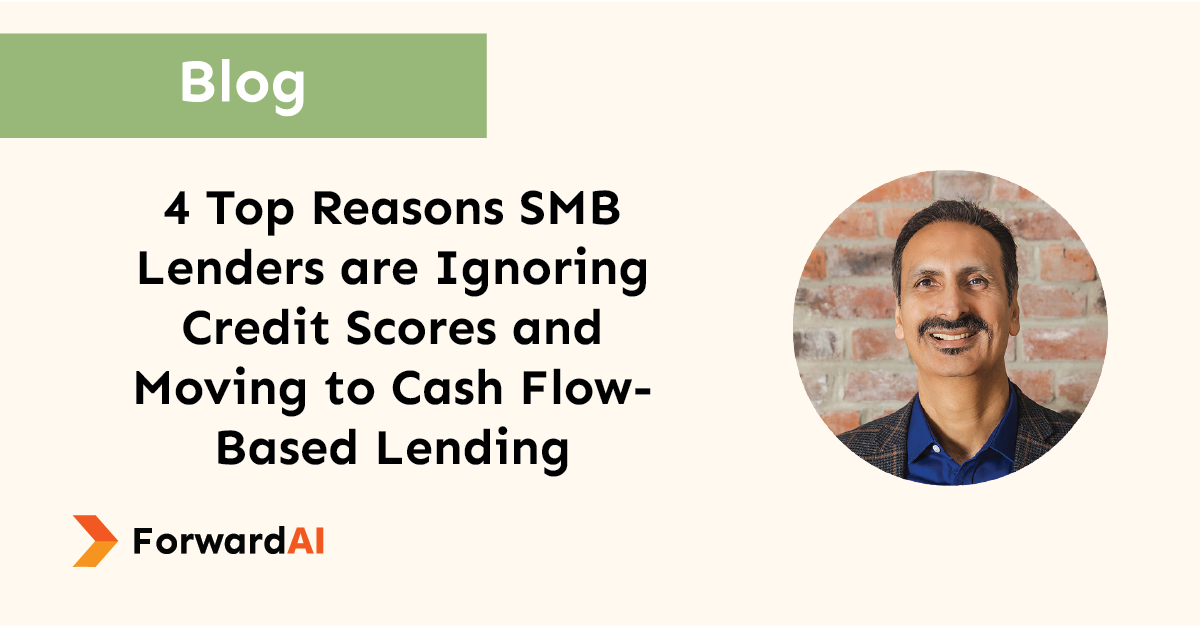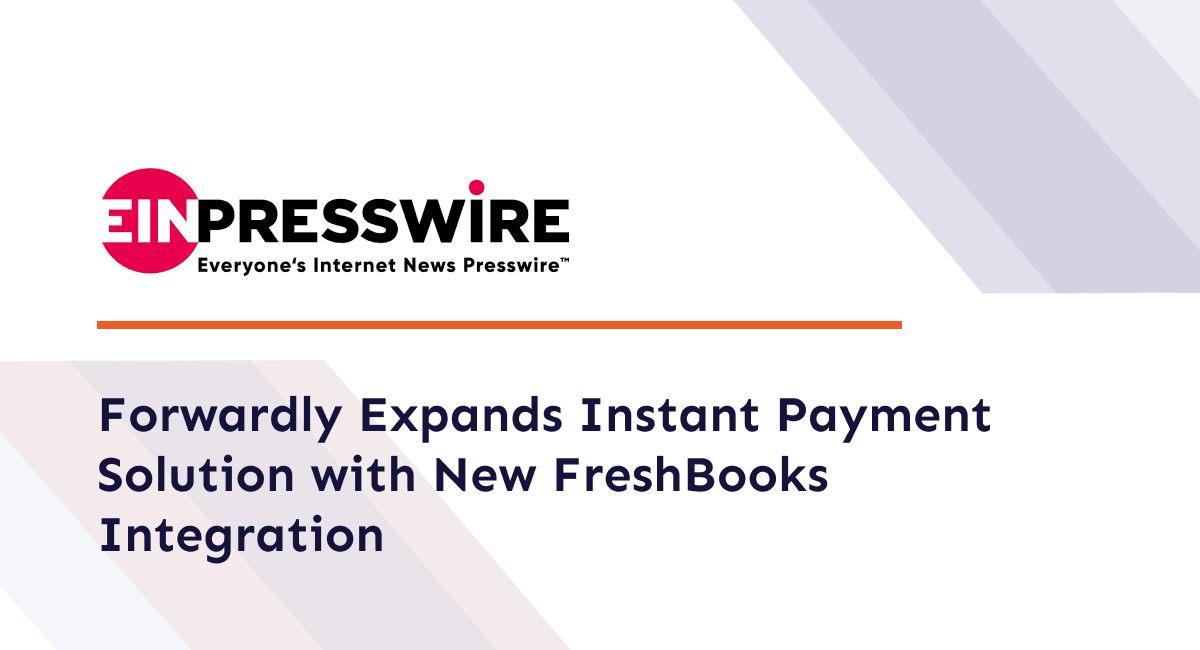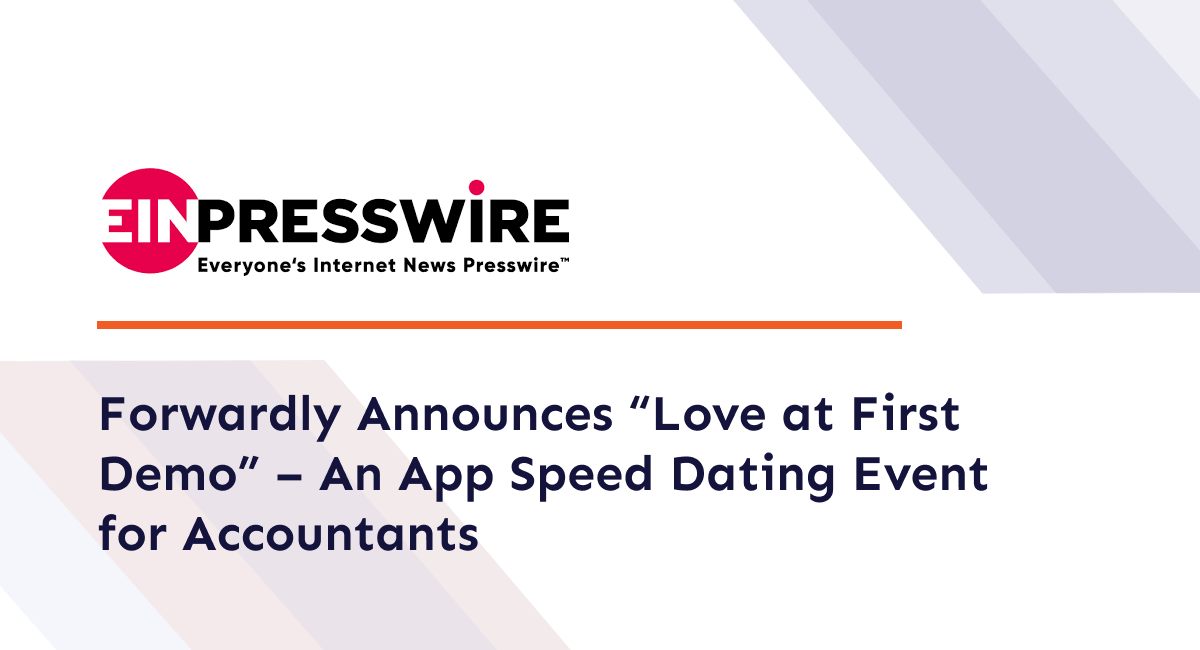4 Top Reasons SMB Lenders are Ignoring Credit Scores and Moving to Cash Flow-Based Lending

Lenders have always struggled to approve Small Business (SMB) borrowers efficiently at scale because of factors such as:
- The slow, inefficient manual process of accessing borrower information
- High loan rejection rate against “credit-invisible” borrowers
- Increased default rate with inaccurate assessments of borrower risks
A survey conducted between ForwardAI and LendIt showed that 47% of lenders still use manual processes such as emails, PDFs, and spreadsheets to access borrower information, and 59% of lenders take more than a week to collect financial data.
To make things worse, many financial institutions still rely heavily on the outdated, traditional credit model such as the FICO score to gauge the creditworthiness of SMB borrowers.
Think about how inapplicable this is in today’s world: businesses that don’t have a long credit history or are asset-light are often denied loans despite having high revenue potential. On the other hand, borrowers with “good” credit scores are approved without lenders thoroughly assessing their business performances, resulting in many failed businesses that default on loans.
That is why lenders must embrace technology such as accounting APIs to tap into real-time, context-rich data. By using direct data connections, lenders can assess SMB borrowers based on more data signals and quickly see the complete picture of a SMB borrower’s financial health.
Based on real-world use cases from our clients, we’ve identified four ways context-rich data can help lenders assess and qualify more borrowers accurately.
Ready to learn how to improve your lending process? Here are the outcomes of what leveraging context-rich data can help you achieve:
- Identify potential financial risks
- Assess and validate borrowers’ financial performances across multiple platforms
- Analyze and forecast cash flow trends
- Gauge a borrower’s business and market value
1. Identify potential financial risks
A crucial aspect of determining borrower risk is assessing how a business handles its finances and client management.
For instance, leveraging accounting data API can explain how businesses interact financially with their customers, bank accounts, and the overall revenue stream. Here are some data that our clients use to guide their financial risk evaluation:
- Customer’s risk profile: How risky are borrowers’ customers based on outstanding due and overdue invoices they owe the borrower.
- Probability of going wrong: How likely are the borrower’s customers not going to pay their unpaid invoices.
- Business dependency: How much does an individual customer contribute to the overall revenue of a borrower.
- Total inward bouncing: How many cheques bounce back from borrowers’ bank accounts.
This information can help lenders easily decide if a borrower is risky and quickly disqualify those likely to go under due to financial mismanagement.
2. Assess and validate borrowers’ financial performances across multiple platforms
The advent of technology has opened doors for lenders to underwrite borrowers with real-time, context-rich data. Still, at the same time, it also poses more opportunities for fraudsters to commit fraud with cooked books. This is why assessing the borrowers’ financial performances across banking, accounting, and commerce platforms are crucial to ensure a good, accurate 360 view of the borrower.
At ForwardAI, we leverage our proprietary PreciseMatch technology (still in beta) to score customer transactions, including:
- Confidence Score: A weighted score showing a transaction has been accurately mapped and validated across the borrower’s various platforms.
- Trust Score: A score checking if a transaction is suspicious or an outlier compared to other transactions.
While not every accounting data API provides the above insights, the concept of cross-validating accounting books with transactions works the same on broader terms. It should be a top consideration to automate this process for all lenders.
Using direct data access can also make it more efficient to use data points and KPIs such as:
- Collection Effective Index: Measures how good a borrower is at collecting outstanding AR from their customers.
- Payment behavior: Assessing the payment behavior of a borrower’s customers to ensure stable cash inflow.
By automatically validating and assessing accounting and banking financial data, lenders can confidently evaluate borrowers and highlight fraud, effectively reducing the default rate and the number of fraud cases.
3. Analyze and forecast cash flow trends
While the credit score has been a simple approach to measure a borrower’s risk in the past, it was also derived from predominantly straightforward business structures. Today, digitization has taken over the world like a storm, and businesses can take many shapes and forms – some of which are labelled as “undesirable” by traditional credit scores.
With that being said, new technology such as AI and Machine Learning has made it possible for lenders to predict SMB borrowers’ future performance more accurately than ever before. Aggregating accounting data points into context-rich data can help lenders identify and predict the future performance of an SMB borrower.
We perform performance analysis and cash flow analysis, providing data such as the count of credit and debit transactions, overdrawn transactions, cash flow trends and balances in the past, present and future, and much more. These data give lenders more understanding of the financial health of an SMB borrower. Additionally, we provide calculated KPIs that lenders find insightful. Here are some examples:
- Negative Day Counts: The number of days a borrower’s bank balance will remain negative according to cash flow trends
- Days Cash on Hand: The number of days a borrower’s cash balance could sustain the business without new sales
Making lending decisions should be based on a broad cross-section of data signals, and lenders need to be equipped to understand a borrower’s future capacity. By analyzing cash flow trends, lenders can gain a more contextual overview of the business rather than relying on an outdated credit score that provides no value above a simple number.
4. Gauge a borrower’s business and market value
Understanding cash flow trends can help lenders decide to approve or reject a loan, but combining forecasted cash flow and other data can unlock insights into a business’s market value and help lenders provide the best offerings.
Of course, in the past, understanding the market value was hard as scattered documents and disparate information made it difficult for underwriters to have any capacity beyond loan decisioning. That’s why technology such as ForwardAI’s Precise API is here; to help lenders streamline the process and provide data that underwriters can use to gauge a business’s future potential quickly. Here are some examples of what our customers use to measure their borrowers:
- Invoice & Payment Trends: How much sales are growing vs. the pace at which a borrower’s customers are marketing payments
- Vintage: The retention period of a borrower’s customer, which helps to identify the lifetime value
- Forecasted Cash Flow: Predictive cash flow data based on historical and real-time data points, available monthly up to three years in advance and daily and weekly up to one year in the future
- Profitability: Determines how profitable a business is by reviewing its income and expenses
What looks like a risky startup with no assets today may well be the next Apple, but without the data that helps lenders foresee the growth, these startups may never receive the funding they need to sustain operations. We don’t know about you, but we definitely want to be there and offer them financing if we’re a lender, and leveraging context-rich accounting data could help you achieve better loan offerings as it did for our customers.
The consumer market is changing, don’t leave your SMB customers behind
The current process for underwriting SMB customers is outdated, especially when comparing SMBs and consumers’ lending experiences.
With new technology, lenders have access to more alternative data sets to help them make better lending decisions at scale. By replacing traditional data with new, context-rich data, lenders can improve underwriting efficiency, reduce default rates and the number of fraud cases, and approve more borrowers at scale.
Interested in how you can get started to support your SMB clients better? Contact our sales team today, and we will get in touch with how our solutions can improve your SMB customer journey.


